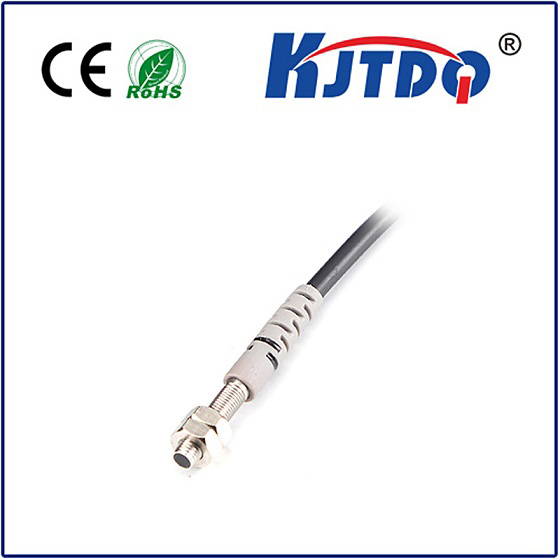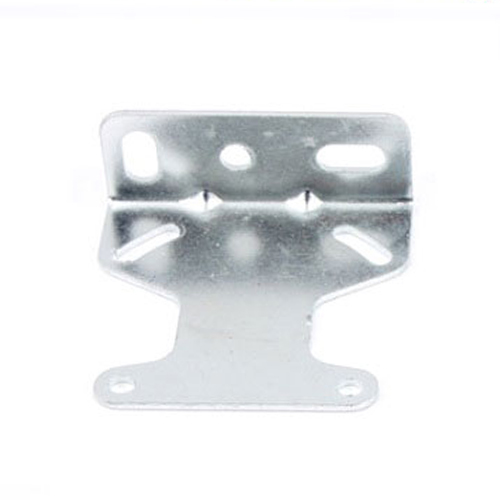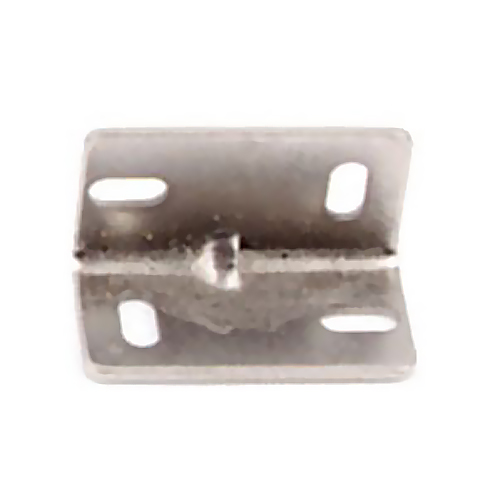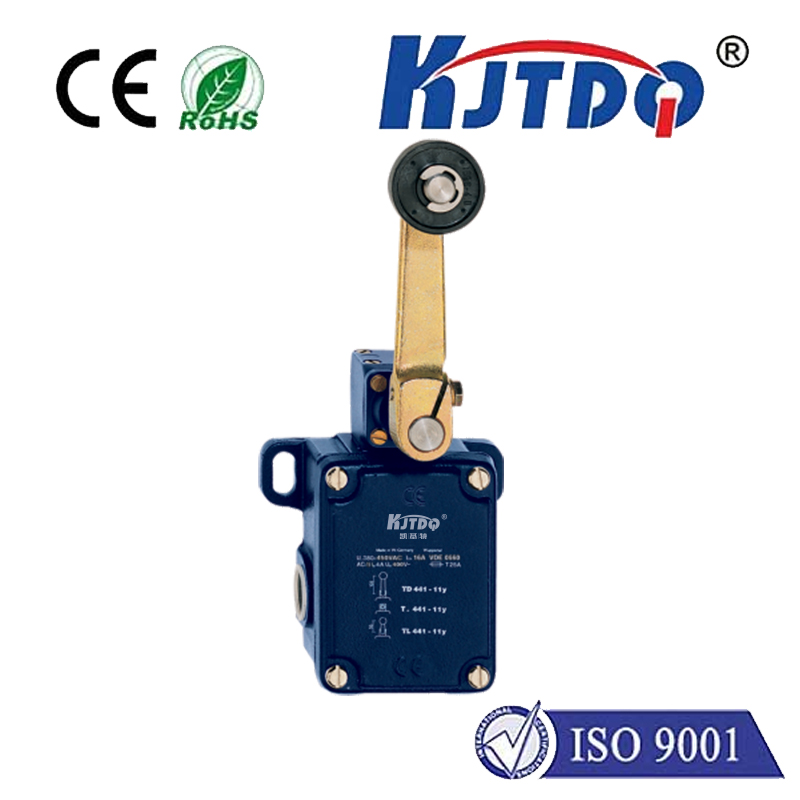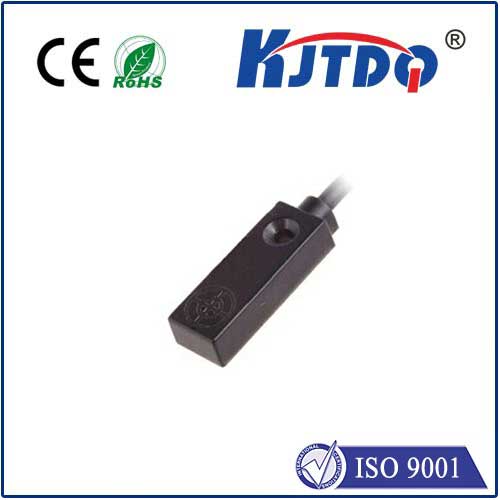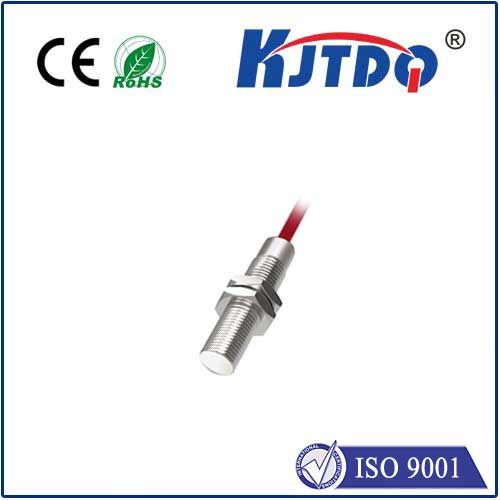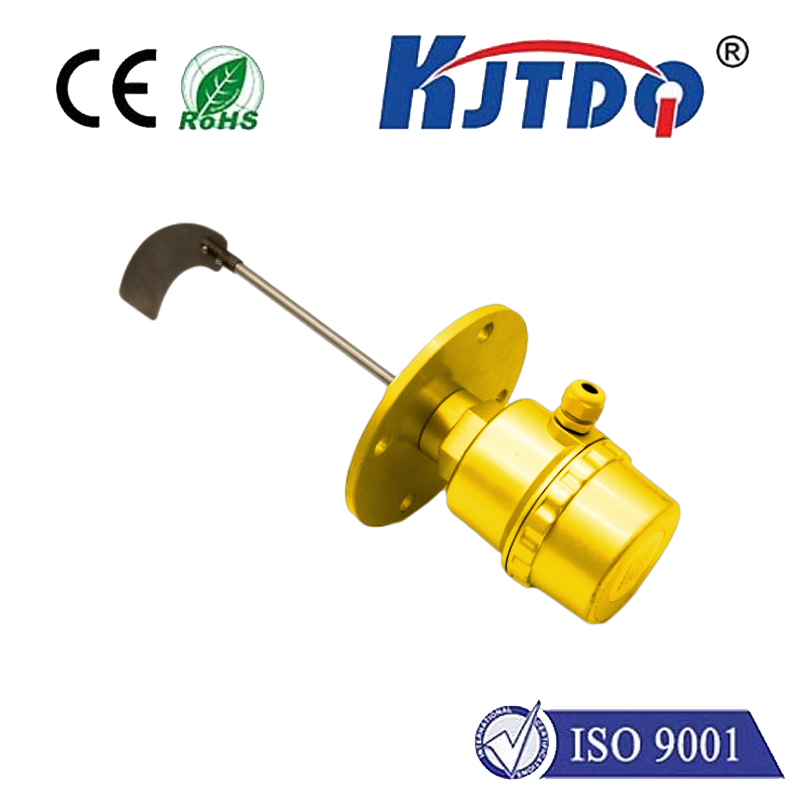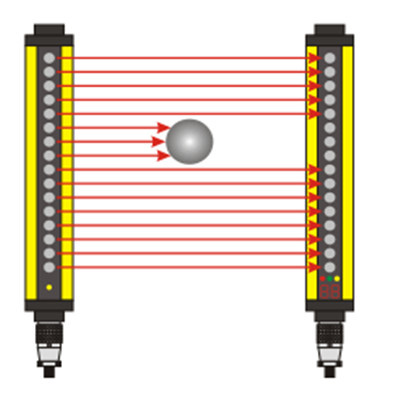

check

check

check

check
Proximity Type Limit Switches: Enhancing Industrial Automation
In the dynamic world of industrial automation, precise control and monitoring of machinery are crucial for optimizing productivity and ensuring safety. One of the key components that play a vital role in achieving these objectives is the proximity type limit switch. This sophisticated device offers a non-contact method of detecting the presence or absence of an object, making it an essential component in various industries ranging from manufacturing to robotics.

A proximity type limit switch operates on the principle of electromagnetic fields, infrared light beams, ultrasonic waves, or capacitive sensing. When an object comes within a specified range, it disturbs the field emitted by the switch, which then triggers an output signal. Unlike traditional mechanical switches that require physical contact, proximity switches can detect objects without touching them, reducing wear and tear and increasing reliability over time.
The applications of proximity type limit switches are vast and varied. In conveyor systems, they serve as position indicators to track the movement of products along the line. In machine tools, they act as safety mechanisms to prevent operators from getting too close to dangerous equipment. In packaging machines, they ensure accurate counting and sorting of products. Moreover, with advancements in technology, smart proximity switches can now integrate with IoT devices, providing real-time data analytics for better process control.
One significant advantage of using proximity type limit switches is their ability to work under harsh environmental conditions. They can operate effectively in high temperatures, dusty environments, and even in the presence of water or other liquids. This makes them ideal for outdoor applications such as traffic control systems, where they can monitor vehicle movements without being affected by weather changes.
Another benefit is their flexibility in mounting options. Proximity switches can be mounted on metal surfaces using threaded fasteners or magnetic bases. Some models also come with adjustable sensing distances, allowing users to fine-tune their operations based on specific requirements. This customizability further enhances their applicability across diverse industrial settings.
In conclusion, the proximity type limit switch is a testament to the power of modern sensor technology. Its ability to provide non-contact detection and its durability under extreme conditions make it an indispensable tool for enhancing industrial automation. As we move towards more connected and intelligent factories, the role of proximity switches will continue to grow, shaping the future of efficient and safe manufacturing practices.
